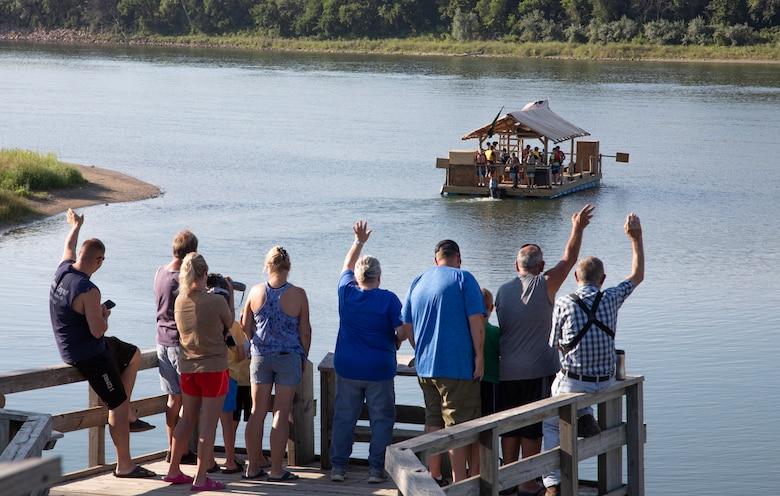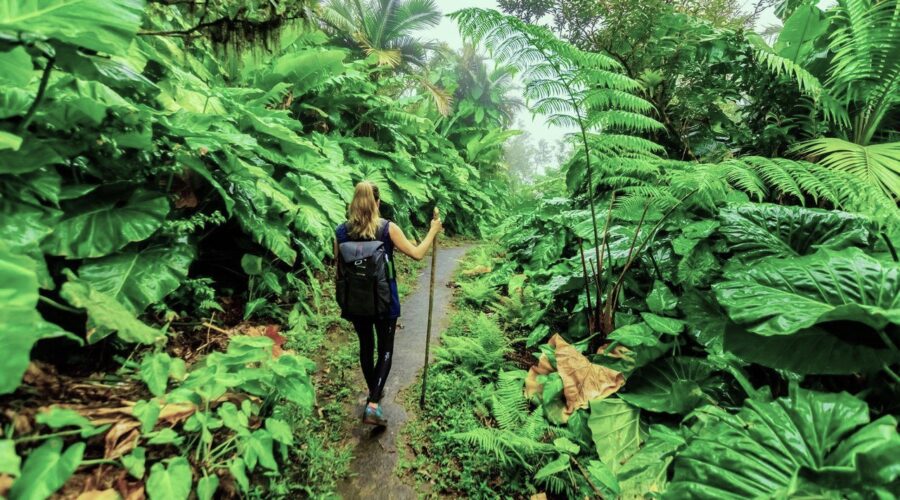Sustainable Travel awareness has contributed greatly to Africa’s becoming a tourism hotspot today. Africa has gained attention due to its cultural diversity, landscape, and wildlife, which have attracted millions of responsible tourists. If you haven’t toured this continent, now is your time to explore!
Tourism growth in Africa comes with challenges, such as limited tourism impact on local and remote areas. Aside from the limitations, preserving natural and cultural heritage in most African communities can be challenging. This is the background against which community-based tourism operates.
Community-based tourism (CBT) is concerned about community sustainability and inclusiveness. This model provides an alternative to mainstream mass tourism. CBT enables tourists to explore and have great experiences in a way that also contemplates the conservation of the environment. This move benefits the local communities and the tourists as well. This article highlights how CBT is revolutionising tourism in Africa and adding to the future of sustainable travel.
Sustainable Travel: What Is Community-Based Tourism?
Community-based tourism is a branch of sustainable travel focusing more on the community and localities. The locals or indigenes of a community get to control and manage their resources. This initiative aims to better the African community’s welfare and culture preservation.
CBT has paved the way for the community to be one of the biggest partakers of the financial and social benefits, unlike conventional tourism. The power of inclusiveness is demonstrated when locals are directly involved in the decision-making, management, and service delivery. With this initiative, tourism becomes a perfect tool for development rather than exploitation.
Community-based tourism develops four core values to further ensure the safety of different communities. These values are sustainability, economic empowerment, cultural preservation, and environmental conservation.
Why Does Africa Need Community-Based Tourism?
Culture Preservation
Globalisation is one of the greatest threats to the culture, tradition and languages of many Africans. This is where community-based tourism initiatives come to the rescue. CBT offers a win-win solution for both the community and you. As a responsible traveller, you can get an authentic experience with unique traditions, and the community can preserve its culture.
Imagine being invited to participate in some African traditional dance or cultural festival. The experience will leave you with an unforgettable memory. But much more, the community’s old customs are safeguarded and protected. Community-based tourism benefits the continuity of the community culture and gives tourists a deep understanding of the African culture.
Environmental Conservation
One of the key roles of community-based tourism is environmental conservation. This branch of sustainable travel helps to encourage local people to maintain their environment. There are empowerment initiatives on how to protect wildlife and preserve the environment. When communities are given a say in how tourism is run in their community, they cooperate and protect the ecosystem to make it comfortable for travellers.
However, CBT initiatives may focus on conserving local wildlife, such as protecting endangered species from poaching or preserving coral reefs. Tourists are encouraged to be responsible visitors by minimising their environmental impact and respecting the land. This way, we can ensure that Africa’s natural beauty will be preserved for future generations.
Economic Growth
Community-based tourism contributes heavily to the economy of the community. Not only does it provide indigenes with a sense of belonging, but it also serves as a source of direct income. In comparison to conventional hotels, where all profit is commercialised by foreign-owned businesses, locals find work as tour guides, hosts, artisans, and managers, and they get to reinvest that money into their families, schools, and healthcare. This way, the money stays within the community.
For instance, In Kenya’s Maasai Mara, the people of Maasai lease their land to tourism operators and share the revenue. This extra income means better access to education and healthcare for their community. It’s a win-win situation where tourism empowers communities without stripping them of their resources.
3 Successful Examples Of Community-Based Tourism In Africa
Chumbe Island Coral Park
As a responsible traveller familiar with the African continent, you may have heard about one of the most sustainable parks in Tanzania. Here is Chumbe Island Coral Park, one of the most popular parks in Africa. The park is dedicated to community-based tourism and is worth emulating for other open-minded, sustainable travel investors.
This park prioritises the Zanzibar community by offering locals jobs as tour guides. When you visit this park as a tourist, you learn about the marine conservation. The park revenue is further used to support the community and environmental development. At this privately managed park, you get a beautiful vacation while leaving a positive impact behind.
Maasai Mara Conservancies, Kenya
When considering the cultural preservation value of community-based tourism, Maasai Mara Conservancies is a perfect example. This community is known for its wildlife, especially during the Great Migration period. The interesting part is that this community is open to CBT. They turned most of their land into community-owned conservancies. Having partnered with different tourism companies, they benefit directly from offering wildlife tours and teaching cultural experiences.
The Maasai community has been able to preserve its resources and lands while growing financially. This is a powerful example of how CBT can balance cultural preservation, wildlife conservation, and economic growth.
Damaraland, Namibia
In this Namibian community, the locals achieve the core value of inclusiveness through their involvement in the tourism sector. They help sustainable travel investors manage their wildlife. Their efforts have been massively helpful in protecting desert-adapted elephants and rhinos. They also financially benefit from giving wildlife tours to tourists. Here, tourists get to have a close-to-native experience.

What’s Next For Community-Based Tourism In Africa?
Growth Potential
Community-based tourism is certainly well-placed to meet this growing demand for sustainable travel. Additionally, large parts of Africa-in particular, Central and West Africa-are still underutilised in terms of establishing CBT initiatives that could offer new, authentic experiences to travellers.
Climate Resilience
As climate change becomes increasingly important, CBT projects geared towards eco-friendly operations. This could involve using renewable energy, maximising waste reduction, and offering low-impact travel options.
Youth Engagement
Through digital marketing, hospitality, and ecotourism, young people enable CBT projects in their communities.
Final Words
Community-based tourism has allowed everyone to not only contribute to the environment but also invest in people. The CBT destinations have created a path where even the traveller gets to experience African culture, food, people, and safari. Eco-tourists express a sense of fulfilment, knowing they can contribute to sustainable change. The next time you plan a trip to Africa, consider all the CBT core values; your visit can make a difference in someone’s life.




